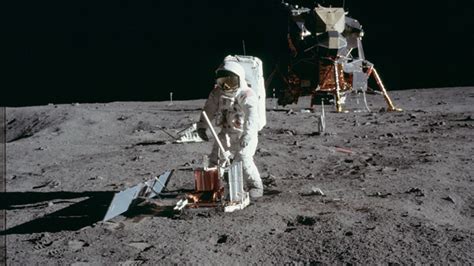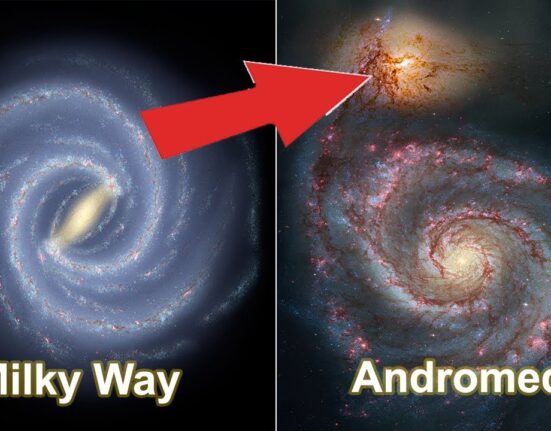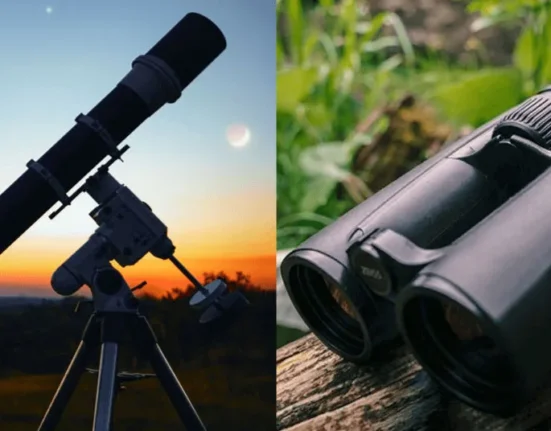Imagine a future where space exploration is powered not by heavy, expensive solar cells from Earth, but by solar panels made from the very dust beneath our feet – or rather, beneath our feet if we were on the Moon. This futuristic vision is not as far-fetched as it may seem. In fact, researchers like Felix Lang from the University of Potsdam in Germany are already working on turning this concept into reality.
“The solar cells used in space now are amazing, reaching efficiencies of 30% to even 40%, but that efficiency comes with a price,”
says Lang. The current solar cells used in space missions are indeed impressive in terms of efficiency, but they come with significant drawbacks. They are costly to manufacture and transport due to their reliance on materials like glass or thick foil for protection.
Lang’s team has set out to revolutionize space energy technology by utilizing resources available on the Moon itself. Their groundbreaking idea involves creating solar cells using lunar regolith – the loose and rocky surface material found on the Moon. By substituting traditional glass covers with glass made from lunar regolith, spacecraft could potentially see a drastic reduction in launch mass and transportation costs.
One key advantage of these moon dust-based solar cells is their potential to make long-term lunar settlements more feasible. The innovation lies in pairing moonglass with perovskite crystals – a cost-effective material known for its high efficiency in converting sunlight into electricity. This novel combination resulted in a significant increase in energy production compared to conventional solar panels sent from Earth.
In Lang’s words,
“If you cut the weight by 99%, you don’t need ultra-efficient 30% solar cells, you just make more of them on the Moon.”
The shift towards using moon dust for energy production not only reduces costs but also enhances stability against radiation when compared to Earth-made counterparts that degrade over time.
Furthermore, unlike standard glass that degrades under space radiation, moonglass offers superior durability due to its natural brown tint derived from impurities present in lunar regolith. This characteristic stabilizes the glass and makes it resistant to darkening and radiation exposure over time.
The process of creating moonglass is surprisingly straightforward and does not require complex purification methods; concentrated sunlight alone can generate the extreme temperatures needed for melting lunar regolith into glass. Through meticulous adjustments in thickness and composition, Lang’s team achieved an initial efficiency rate of 10%, with potential plans to reach up to 23% by optimizing clarity for increased light absorption.
While these moon dust-based solar cells show immense promise for future space missions and potential lunar settlements, challenges unique to the Moon must be addressed. Factors such as lower gravity affecting moonglass formation, incompatible solvents for processing perovskite crystals under vacuum conditions, and temperature fluctuations pose hurdles that demand innovative solutions.
To validate the viability of their revolutionary technology under real lunar conditions, Lang’s team aims to conduct a small-scale experiment on the Moon itself. As Lang emphasizes,
“From extracting water for fuel to building houses with lunar bricks…Now we can turn [Moon dust] into solar cells too.”
This transformative research journey was made possible through funding support from entities like the Volkswagen Foundation via initiatives such as the Freigeist Q14 Program.
In essence, harnessing moon dust for sustainable energy generation represents a remarkable step towards self-sufficiency in outer space exploration endeavors while opening doors to a multitude of possibilities for future cosmic habitation scenarios.









Leave feedback about this